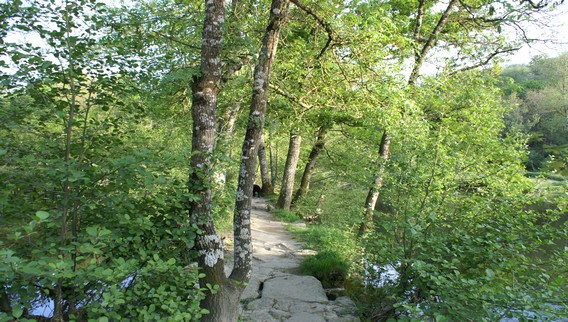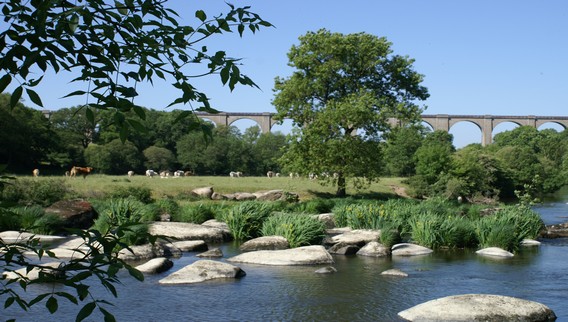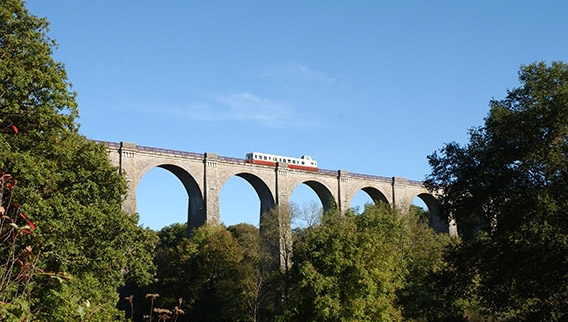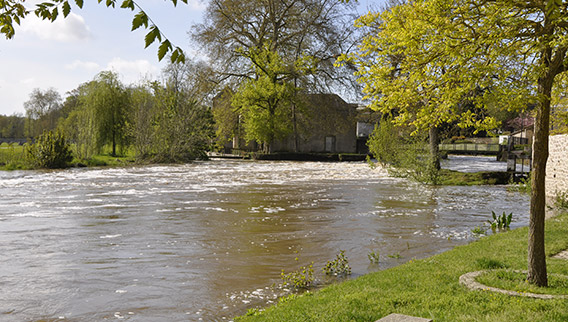With its floods, eddies and turbulent waters, the Sèvre Nantaise is a vigorous river.
That power has been harnessed and used over the centuries and has contributed enormously to the economic growth of Saint-Laurent-sur-Sèvre, enabling the town to retain its people and even increase its population despite its distance from major urban centers.
This was nothing less than a godsend for this isolated region, which had a growing need to trade with other regions from the 19th century onwards. Those who lived in the Vendée countryside were very keen to put an end to their isolation and solve the problems of exporting products.
So as the railways developed, the town considered building a track to serve it.
What made the plan even more attractive was the fact that it could also carry fertilizer for improved crop cultivation, and import coal and raw materials for industry.
Work on the Barbin viaduct finally began in 1904.
Located on the southern edge of Saint-Laurent-sur-Sèvre, this 38-metre high stone bridge is supported by enormous arcaded pillars. At the very beginning of the 20th century, its construction was a massive project, which took three years to be completed.
Those who walk the local hiking trails to the viaduct can still see the construction dates carved into the structure itself : 1904 – 1907.
And just to give you an idea of the extent of this labor of love, each one of those figures took the stonemason more than a week to carve !
Sadly, in 1944, during the Second World War, a bomb hit one of the arches of the viaduct. Reconstruction work was begun, but took forever.
Ironically, once the damage had been repaired, there were no longer any passenger services, only a goods service. Other means of transport had replaced rail !
The beautiful Barbin viaduct has therefore not seen a great deal of service, although it is nice to know that a steam train for tourists has been using it since 1985.







